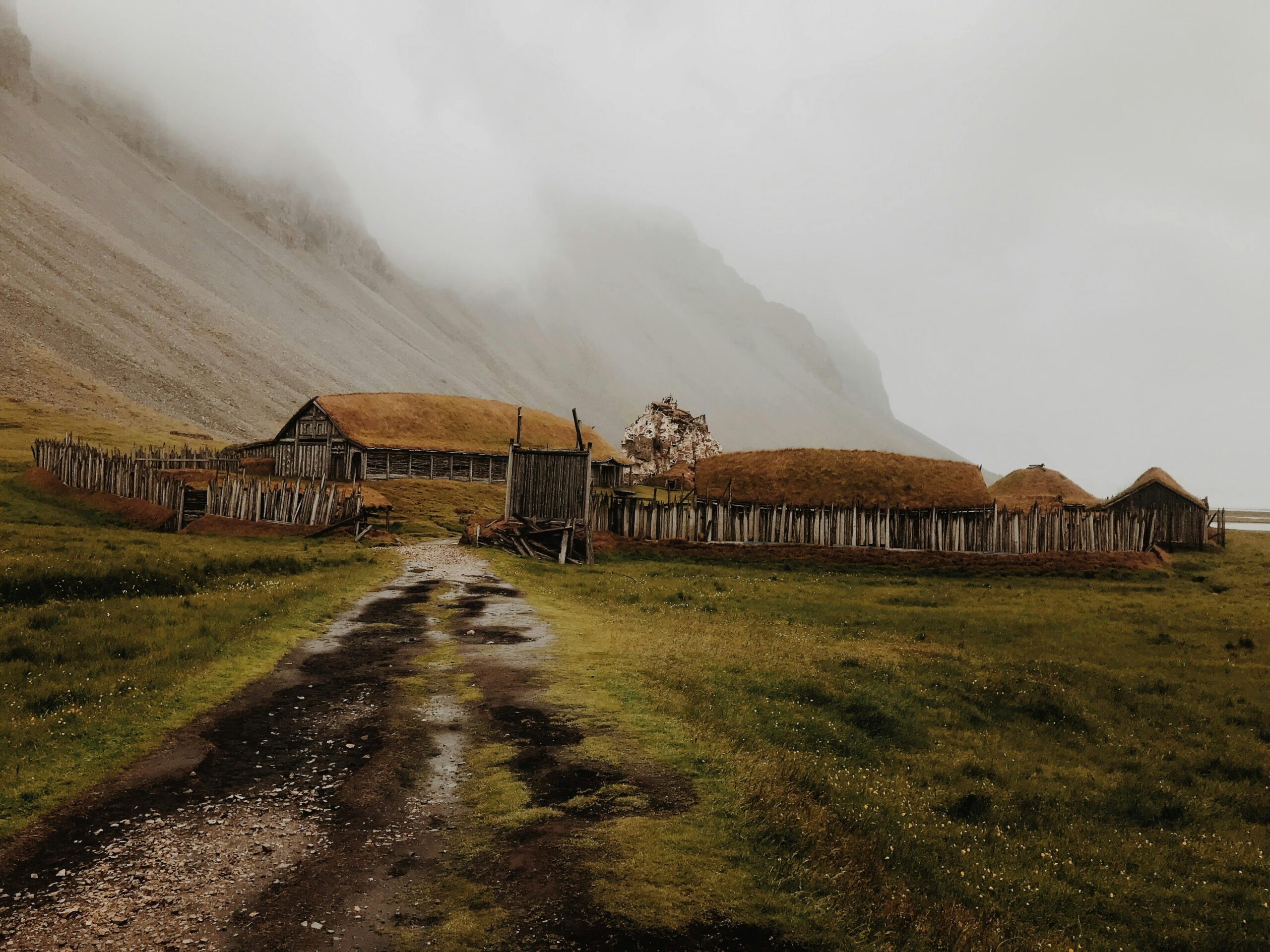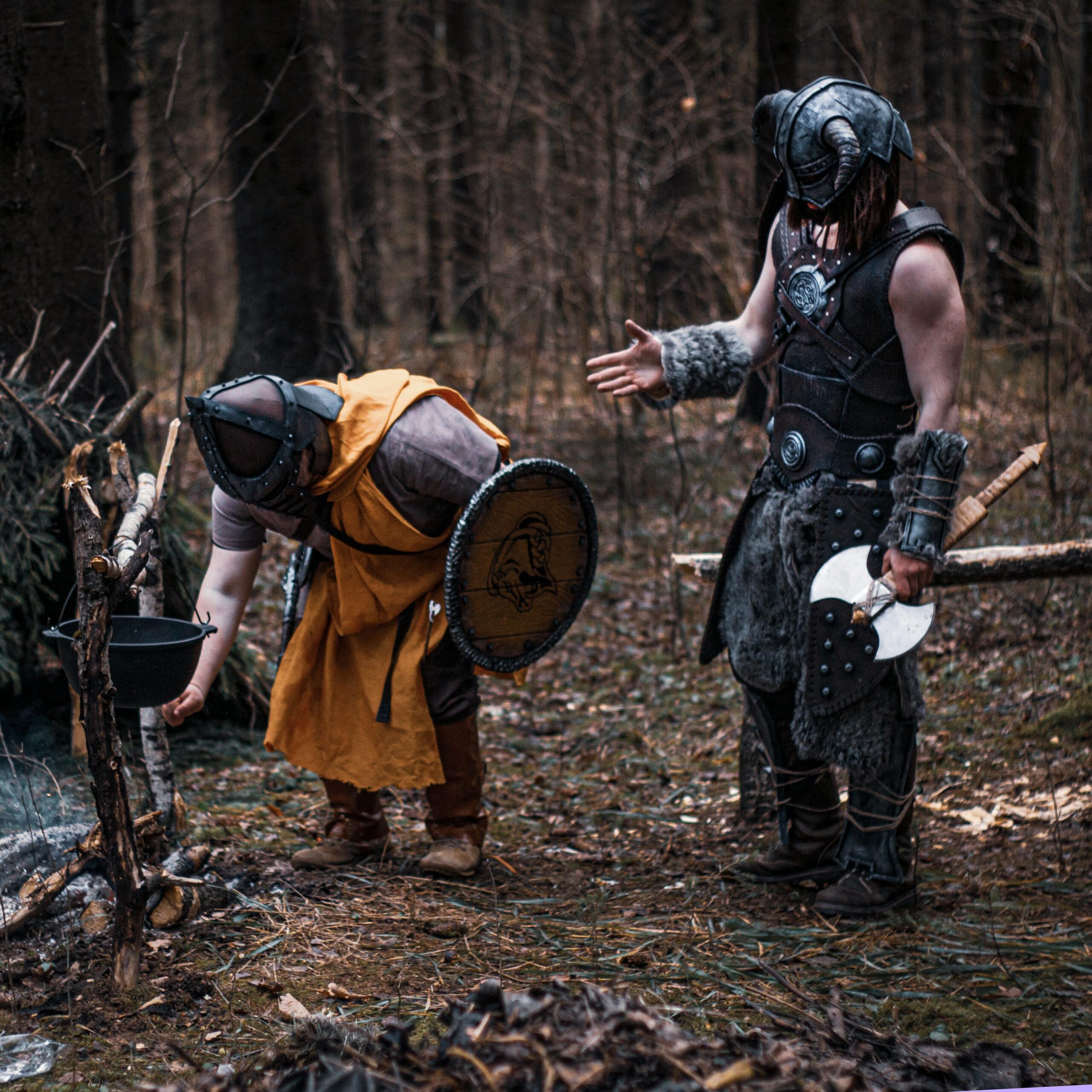
The Vikings, a people of Norse origin, left an indelible mark on European history from the late 8th to the 11th centuries. Their era, often called the Viking Age, was characterized by widespread exploration, trade, and raids. They originated from Scandinavia and ventured across the seas to settle in distant lands, including Iceland, Greenland, and even a brief settlement in North America. Their longhouses, built of wood and turf, were the centers of their family life and community. These structures were often large enough to house multiple generations and their livestock. Viking society was deeply rooted in Norse mythology, a rich polytheistic religion. At the head of their pantheon was Odin, the Allfather, a god of wisdom, war, and poetry. He was often depicted as a one-eyed old man, having sacrificed an eye to drink from the Well of Mímir for ultimate knowledge. Thor, perhaps the most famous of the gods, was the son of Odin and the protector of mankind. Wielding his mighty hammer, Mjölnir, he was the god of thunder, strength, and storms. Freya, a goddess of love, beauty, fertility, and war, was revered for her beauty and power. She was also the leader of the Valkyries, who guided the souls of fallen warriors to Valhalla. Loki, a complex and often mischievous figure, was a trickster god. He was a master of shapeshifting and was known for causing both chaos and clever solutions. The gods and goddesses lived in Asgard, one of the Nine Realms, connected to Midgard (the human world) by the rainbow bridge, Bifrost. The Vikings’ success in their voyages was largely due to their remarkable shipbuilding skills. Their longships, or “drakkars,” were masterpieces of naval engineering. They were long, narrow, and shallow-drafted vessels, making them ideal for both open-sea voyages and for navigating shallow rivers. The ships’ flexibility allowed them to ride the waves with ease, and their symmetrical design meant they could be rowed forward or backward without turning. These vessels were not only used for raiding and exploration but also for trade, carrying goods like furs, timber, and slaves across vast distances. The dragon heads often carved on their prows were believed to ward off evil spirits and intimidate enemies. During our trip, we had the pleasure of visiting several Viking-related sites. The Viking Center in Ribe was a truly enjoyable experience. It provided a great insight into Viking daily life through reconstructed buildings and live demonstrations. We also loved the Lofotr Viking Museum, which beautifully showcased a reconstructed longhouse and offered a glimpse into the life of a chieftain. However, we found the Midgard Viking Center to be less engaging and would not recommend it to others.
